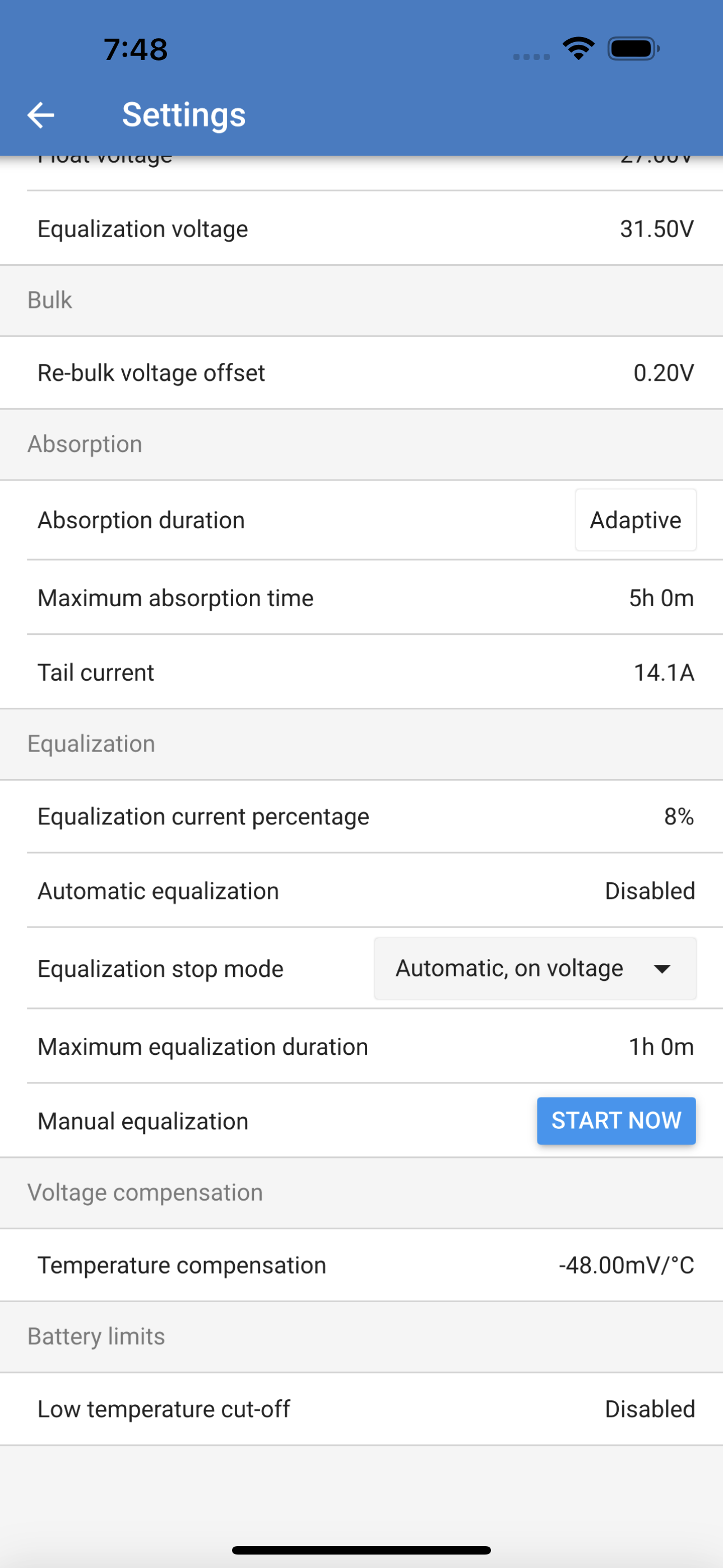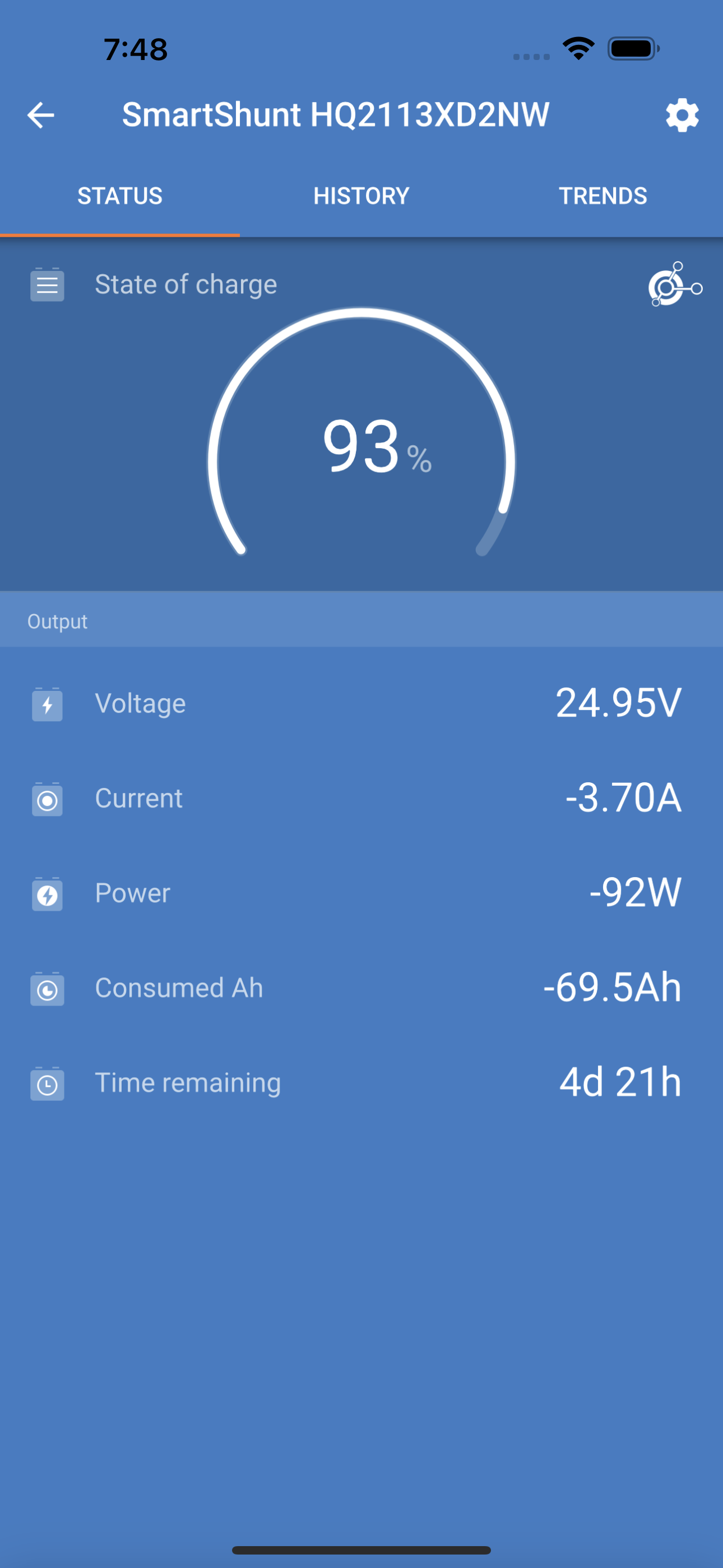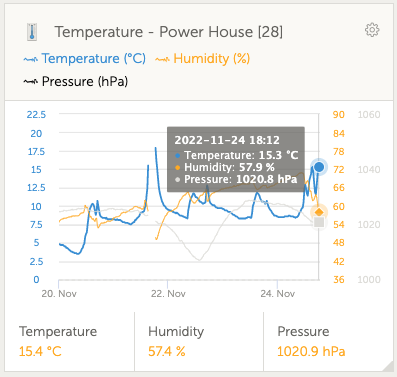We have a 24v system on a battery bank that has 705ah. Our daily use is 2.8kw. I have no appliances that draw electricity. I have no heat generating things here. Based on that useage that's about 117ah a day from our bank. At a 50% DOD we should have 352ah available to use to use before we should need to do a genset charge (we get very little light in our area this time of year so our solar isn't what we are relying on in this season for a charge). By my math, we should be able to go 3 days between charges (117ah x 3 days = 351ah used out of the 352ah available). However, every second day I see on the Victron VRM dashboard, the voltage dropping dangerously close to 24v on our bank so I do a charge to get it up to 28.8v until the amps drop down to at least 14 charging amps.
I'm wasting tons of gas doing this every second day when it should be something I don't have to do until every 3rd. I basically get one day of use when it should be three.
The company that sold me my components keeps asking me if we have electric radiant floors or something else that we are "unaware of" that is making a "mystery draw on the system".
No, there is not. We have propane appliances (furnace, hot water heater, stove, oven, fridge), no heat generating appliances such as toasters, curling irons, etc... and all of our lights are low draw LED's.
Please can anyone help me sort this mystery out? I just can't seem to figure out what I'm doing wrong.
Our Components:
- 24v system, comprised of twelve Rolls 6v 235ah batteries in series and parallel, flooded acid
- VE Multiplus 24v 3000w 70a-50a Inverter
- VE Smartshunt
- VE Cerbo GX
- VE Smart Battery Sense
- VE 100/50 MPPT Charge Controller
- 11,500 starting watts, 9,200 running watts generator (also brand new)
- 4 Longi 370w 75 cell panels








